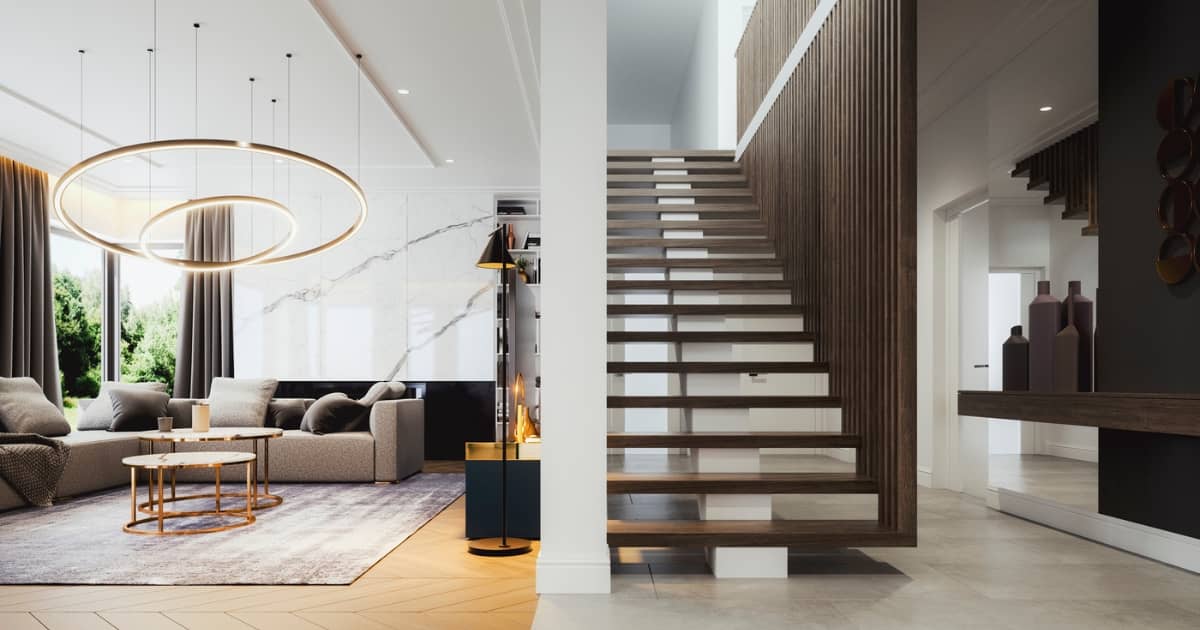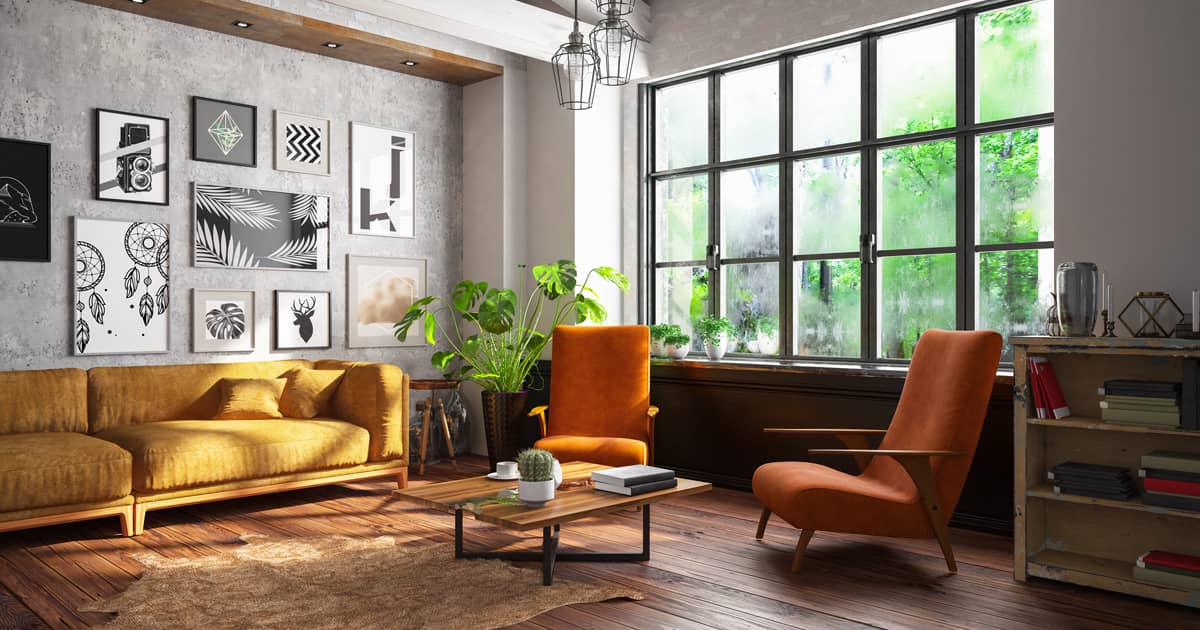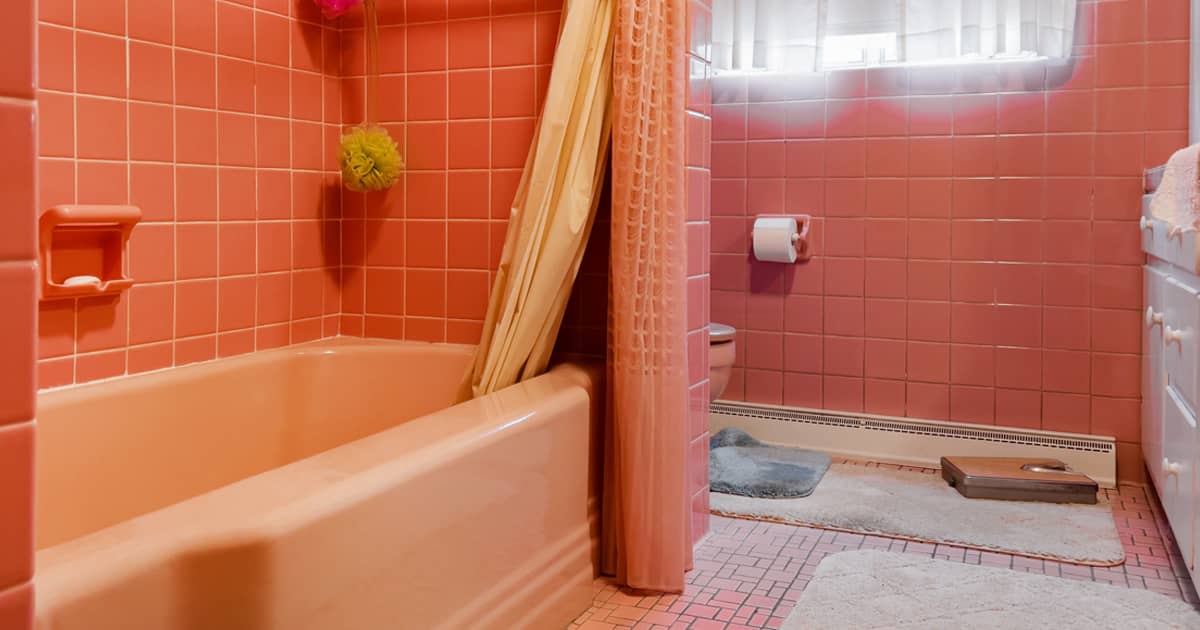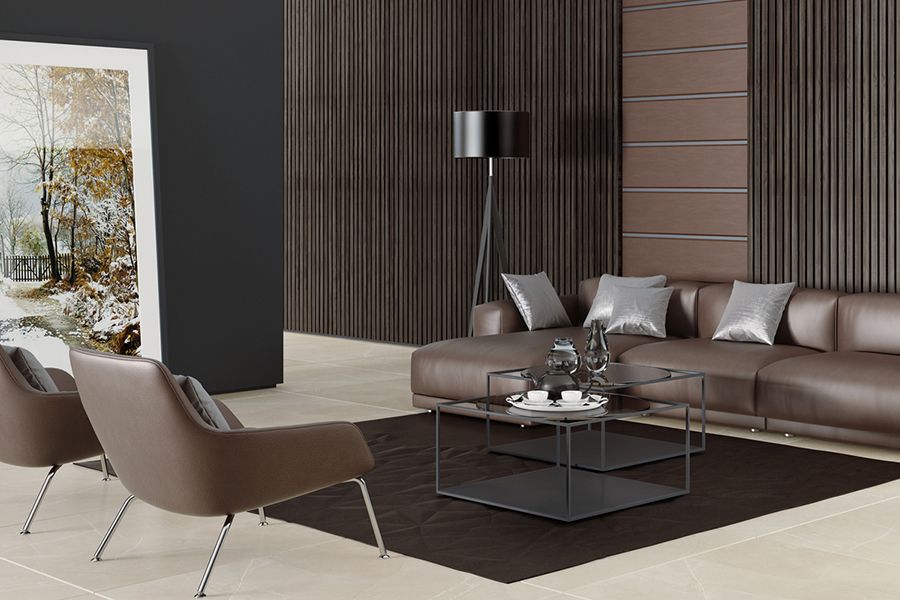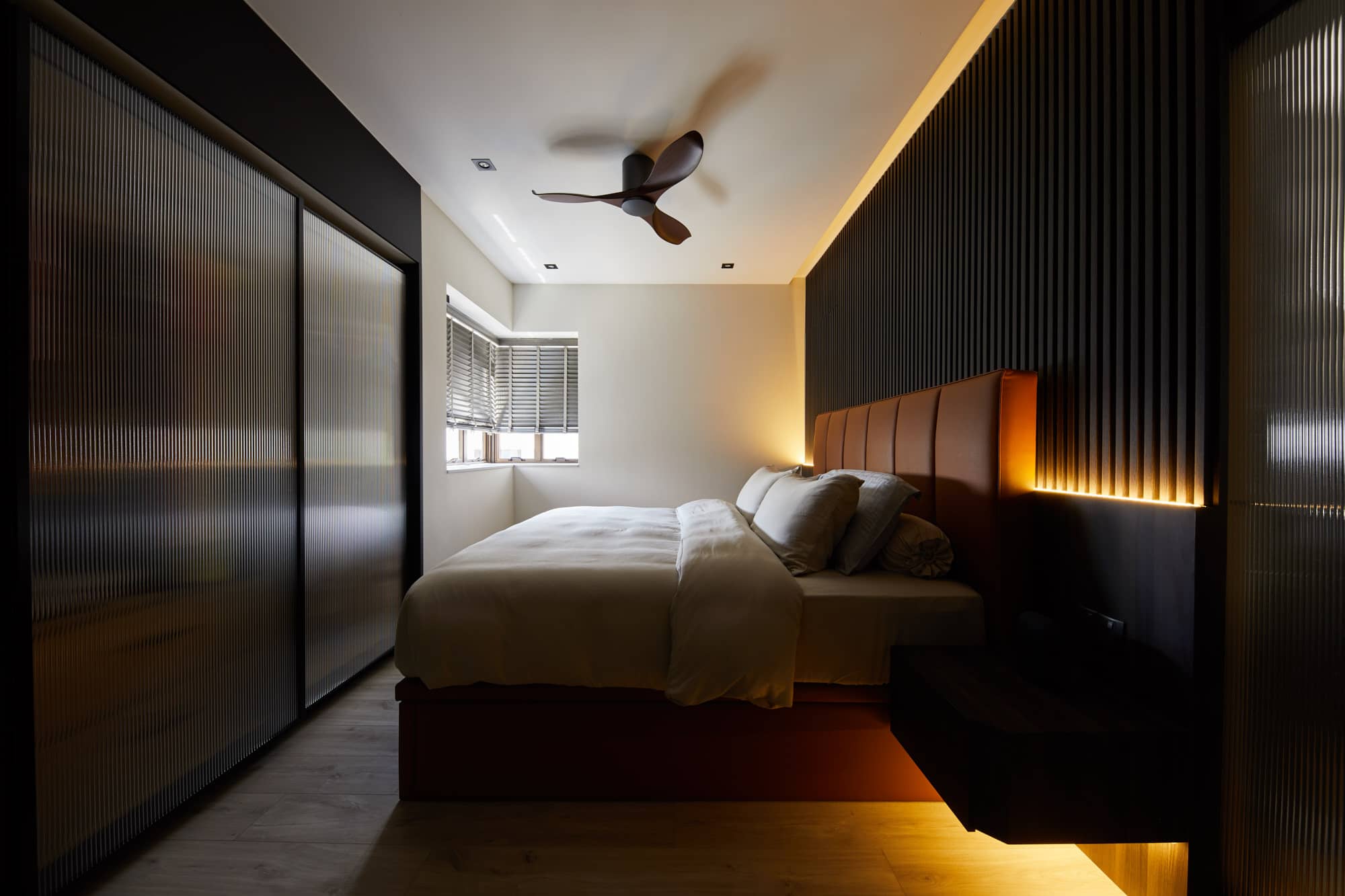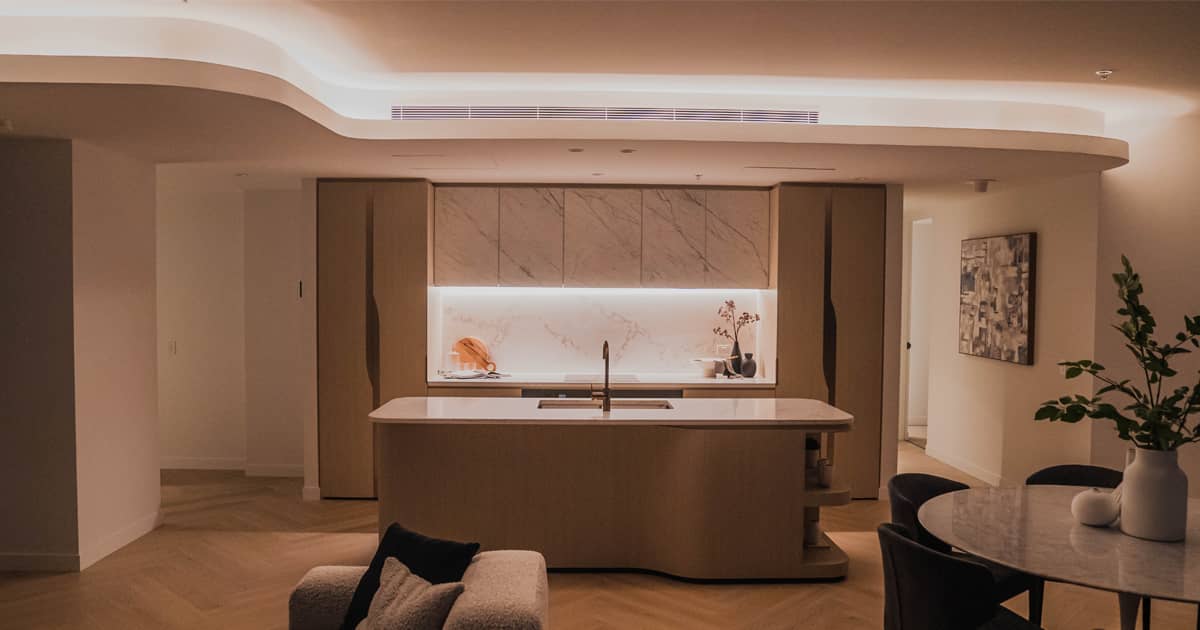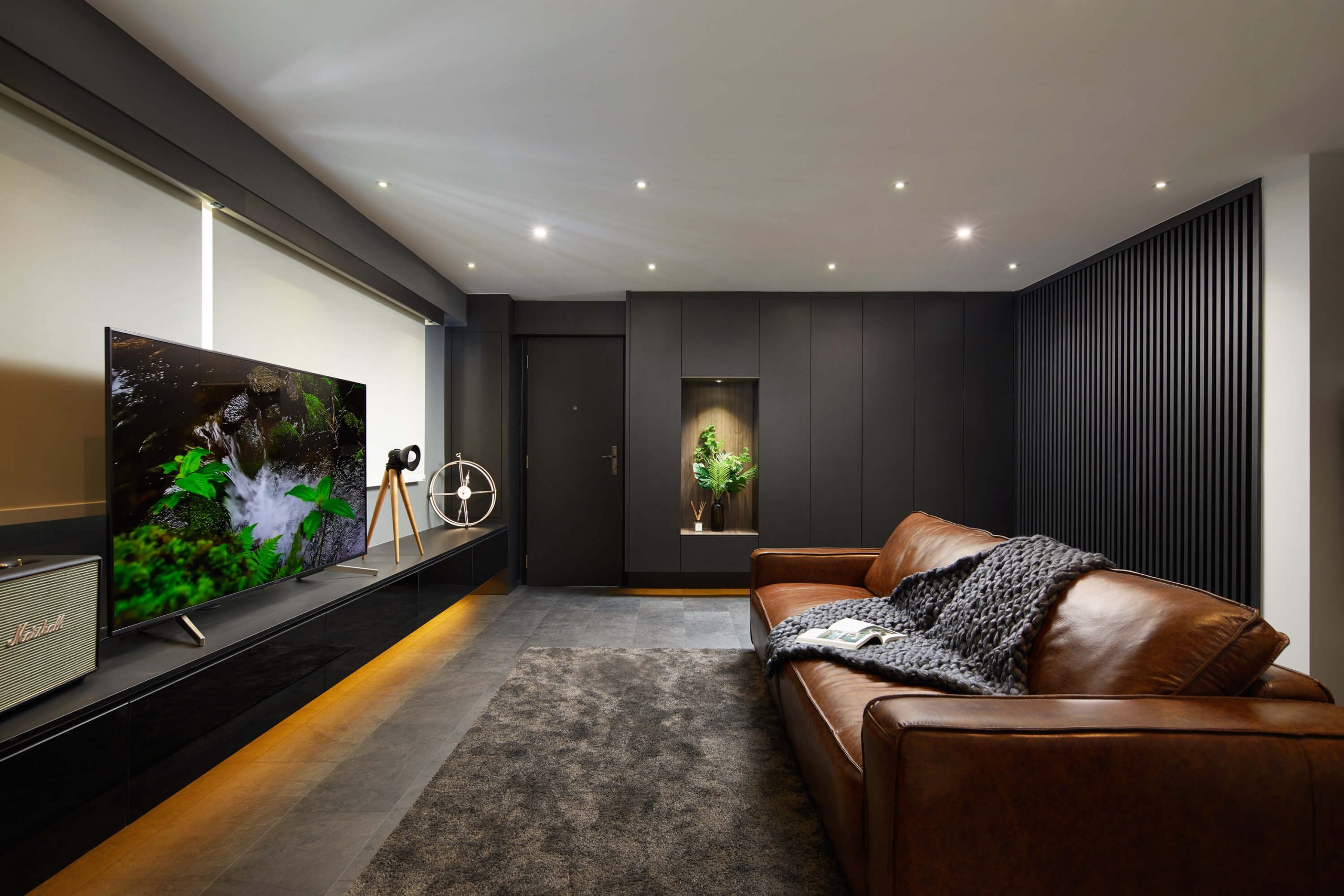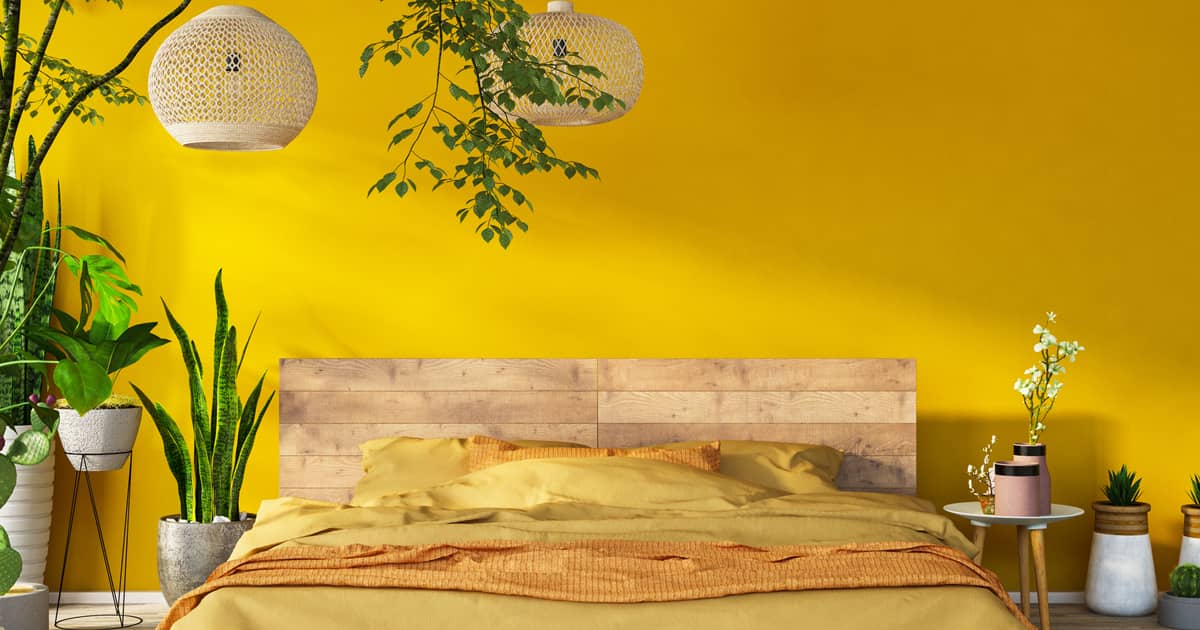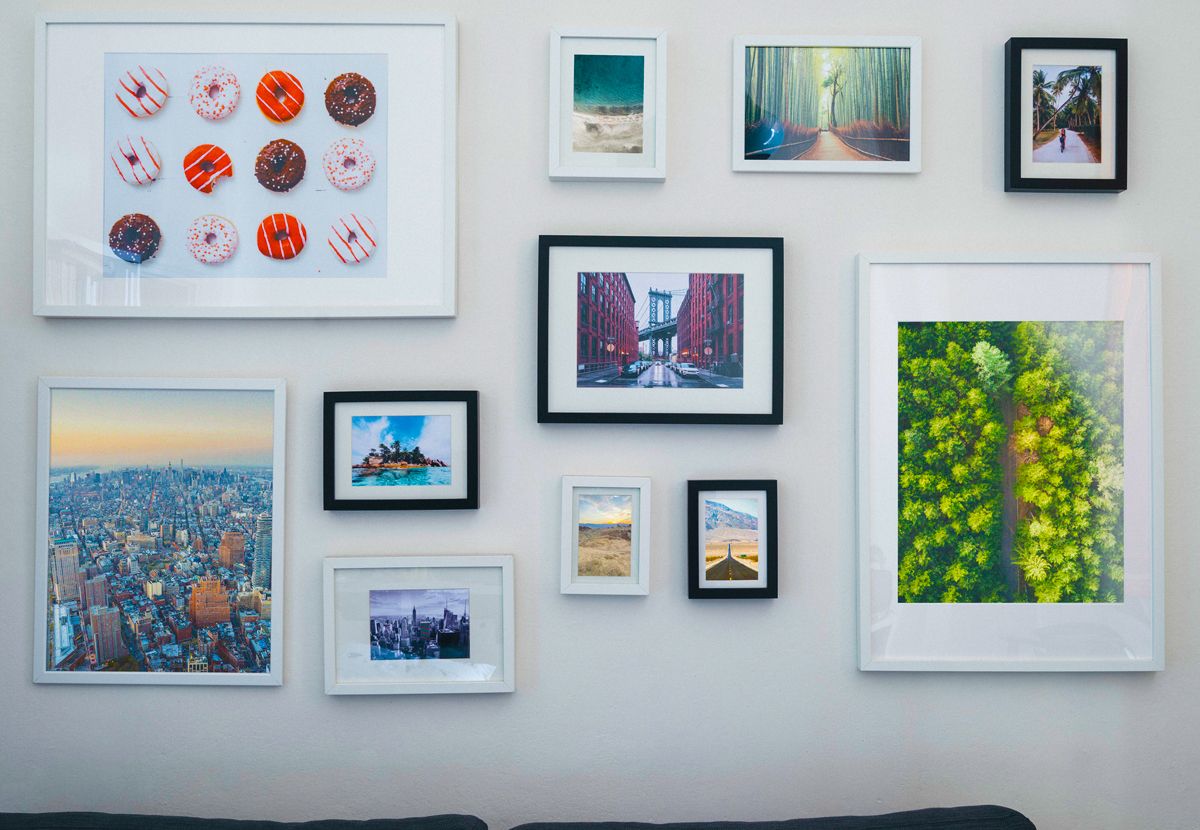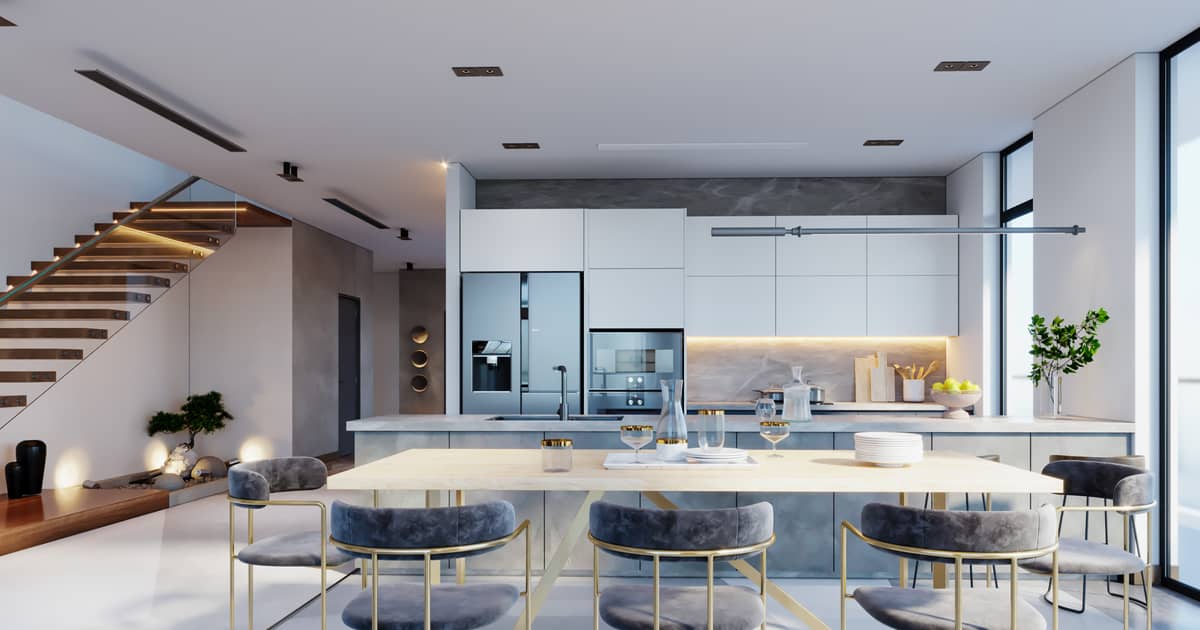The Importance of Lighting in Home Interior Design
Are you aware just how impactful the right lighting can be on your home’s interior design? Not only is lighting critical for everyday tasks, but it holds the power to dramatically alter the mood, aesthetic and functionality of a room. Let’s uncover the immense potential lighting holds in home interior design.
Impact on Mood and Ambience
The potency of lighting in creating an atmosphere should never be underestimated. Depending on the use of ambient, task or accent lighting, your room can exude a particular feel – be it intimate, vibrant, mysterious, or casual.
Ambient lighting provides a uniform illumination across a room, creating a comforting and inviting feel.
Task lighting is useful in areas where specific tasks are performed. It creates a focused and purposeful mood.
Accent lighting brings attention to particular features or ornaments, creating drama and highlighting details.
Impact on Aesthetic Appeal
Don’t you agree that proper enlightenment can significantly improve the appeal and presentation of your interior decor? It’s key to ensuring your chosen colour schemes, furniture, and architectural features are displayed in their best light.
Impact on Functionality
We often neglect how important lighting is to the functionality of our homes. However, inadequate lighting can hinder our ability to perform everyday tasks.
By understanding the ways in which lighting impacts mood, aesthetic, and functionality, we can harness it to create spaces that are not only visually compelling, but also fit for purpose. Understanding the art of lighting in home interior design is your gateway to this captivating design element.
Understanding Natural and Artificial Lighting
A well-lit environment can dramatically enhance the aesthetic appeal and overall mood, turning any ordinary room into an extraordinary space. Understanding how to balance natural and artificial lighting is a key element in home interior design. Below are some of the fundamentals to consider.
Natural Lighting
Natural lighting, or sunlight, is a powerful tool in home design. It can make your rooms feel larger, brighter, and more welcoming. It’s also the most economical option for lighting your home. However, harnessing natural light involves more than just opening your curtains. It requires thoughtful consideration of several aspects.
Daylight – Pay attention to the path of the sun and how much natural daylight each room gets. Certain rooms may benefit from sunlight at particular times of the day.
Window treatments – Select window treatments that maximise natural light while also providing necessary privacy and thermal efficiency.
Use of mirrors – Mirrors can amplify natural light when strategically placed. They reflect light around the room, making it feel airier and more welcoming.
Artificial Lighting
Artificial lighting offers flexibility and control over your home’s ambience. From dimly lit corners to brightly illuminated study areas, you can tailor your lighting to suit various activities and moods. Achieving a well-balanced artificial lighting scheme may seem challenging; yet, with an understanding of the basic types of artificial light, it turns out to be an achievable task.
When it comes to artificial lighting in interior design, it’s essential to know the types available to you. Each offers its unique hue, brightness, and purpose. Let’s delve a little deeper into these sources:
Incandescent Lights: Noted for their warm, inviting glow, incandescent lights are great for creating a cosy atmosphere. They are perfect for living rooms and bedrooms, where relaxation is key.
Halogen Lights: Offering a bright, white light closer to daylight, halogen light bulbs are ideal for task-based areas such as workspaces or kitchen countertops.
Fluorescent Lights: Known for their cool, bright quality, fluorescent lights are excellent for large areas like basements or workshops that require lots of light.
LED Lights: Highly energy-efficient, these lights emit less heat and are available in various colours, making them suitable for accent lighting, decorative fixtures and even smart home setups.
The type of artificial light you choose depends largely on the room’s functionality and the atmosphere you wish to create. Consider the colour temperature, brightness levels, and energy efficiency when deciding. Incorporating a blend of these lights can elevate your space, create balanced brightness, and accentuate your home’s design features. But remember, the temperature and tone of the light matter just as much as the source.
Choosing the Right Lighting Fixtures for Each Room
If you’re wondering how to choose lighting fixtures for each room, it’s crucial to consider the room’s function and the mood you want to set. Here are a few tips to help you make the right choice:
Living Room
The living room is where we spend most of our downtime, relaxing, and entertaining guests. The lighting, therefore, serves multiple purposes.
Ambient lighting: This provides the room with general, overall illumination. For a living room, soft white bulbs are usually most effective.
Task lighting: For reading or other focused tasks, desk lamps or standing lamps with directed light is necessary.
Accent lighting: To highlight certain features like artwork or architectural detailing, you can make use of accent lights.
Kitchen
The kitchen requires bright, practical lighting for safety and ease of use. Here’s what to consider:
Overhead lighting: Bright, general lighting is necessary for overall illumination.
Task lighting: Under-cabinet or over-island lighting are perfect for tasks like cooking and prepping food.
Accent lighting: If you have open shelving or glass cupboards, accent lighting can add depth and aesthetic to the space.
Bedroom
The bedroom should be a sanctuary of relaxation, and lighting plays a key part in creating this ambience:
Ambient lighting: Soft, diffused lighting is preferred, while avoiding bright and direct light sources.
Task lighting: Bedside lamps or adjustable wall-mounted lamps are ideal for reading.
Accent lighting: If you have artwork, a statement headboard, or other design elements to feature, accent lighting can be beneficial.
Creating a Focal Point with Lighting
When it comes to creating a show-stopper in a room, we often think about a furniture piece or an artwork. But, have you ever thought about using lighting to create your home’s main attraction? Indeed, lighting can serve as a powerful transformative tool in your interior design artillery. Let’s explore how you can achieve this.
Deciding on Your Focal Point
Before you start planning your lighting, it’s crucial to identify the focal point of your room. Is it the grand piano, a plush sofa, or perhaps your bookshelf? Once you have a clear understanding (and here, there’s no right or wrong decision; it depends on your personal preference), that’s when you can begin strategising your lighting placement.
Lamp selection
Your choice of lamp should be both strategic and aesthetically pleasing. Here are a few pointers:
Scale: The lamp should be proportionate to the size of the room and the focal point itself.
Design: Make sure the lamp design complements the room’s overall theme.
Function: Additionally, consider the lamp’s function. Do you need it for ambient, task or accent lighting?
Placing Your Light Source
This is where your creativity comes into play. The placement of your light can be as much a focal point as the light itself. A few ideas include:
Overhead: Consider hanging a pendant light or chandelier above your focal point to create a strong visual interest.
Beside: Placing a tall floor lamp or table lamp beside your focal point can draw attention to it.
Behind: Backlighting can create a dramatic effect and make your focal point stand out even more.
You see, by using light strategically and methodically, you can create a stunning focal point in your home. Remember, your personal style should shine through in your lighting choices. Give yourself room to experiment, explore and most importantly, enjoy the process!
Using Lighting to Highlight Artwork and Décor
Spotlights or Track Lighting
One way to use lighting to highlight artwork and decor at home is by using spotlights or track lighting. These types of lighting fixtures can be directed towards specific pieces of artwork or decorative items, creating a focused beam of light that draws attention to them. For example, you can install spotlights above a painting or a sculpture to illuminate it and make it the focal point of the room.
Accent Lighting
Another technique is to use accent lighting. This involves placing small, discreet light fixtures such as wall sconces or picture lights near the artwork or decor. Accent lighting helps to create a sense of depth and dimension, as well as highlighting the texture and details of the objects. For instance, you can install wall sconces on either side of a framed photograph to bring attention to it and enhance its visual impact.
Adjustable Lighting Fixtures
Using adjustable lighting fixtures can also be effective in highlighting artwork and decor. Adjustable fixtures, such as track lights or recessed spotlights with adjustable heads, allow you to experiment with different angles and positions of light. This flexibility enables you to find the best lighting placement that enhances the artwork or decor. For example, you can tilt a track light to illuminate a sculpture from different angles, showcasing its three-dimensional form.
Backlighting or Uplighting
Consider using lighting techniques like backlighting or uplighting to create dramatic effects and emphasize the artwork or decor. Backlighting involves placing a light source behind the object, which creates a halo effect and adds depth to the piece.
Uplighting, on the other hand, involves placing lights at the base of the object, casting light upwards and creating a sense of upward movement. These techniques can be particularly effective for highlighting decorative items like vases or sculptures.
Ambient Lighting
Lastly, don’t forget about the importance of ambient lighting. While direct lighting can help highlight specific artwork or decor, ambient lighting provides overall illumination to the space and sets the mood. It helps create a balanced and inviting atmosphere in which the highlighted objects can shine. Consider using a combination of overhead lights, such as chandeliers or pendant lights, along with wall sconces or floor lamps to achieve a well-lit and visually appealing environment.
A Beautiful Home Is a Beautifully Lit Home
In conclusion, the art of lighting plays a crucial role in home interior design. By understanding the different types of lighting and their functions, homeowners and amateur interior designers can create a well-balanced and visually appealing space. Whether it’s task lighting for specific activities, ambient lighting for overall illumination, or accent lighting to highlight certain features, the right combination of lighting can transform a room into a welcoming and functional environment.
To further enhance your home interior design, consider seeking professional assistance from Home Guide. With our expertise and experience, we can provide personalised lighting solutions tailored to your specific needs and preferences. Our team of skilled designers can guide you in selecting the right fixtures, positioning them strategically, and creating the perfect lighting scheme for your home. By partnering with Home Guide, you can elevate your interior design to the next level and achieve the desired ambiance and atmosphere in your living spaces.
Remember, lighting is not just about functionality but also about creating a mood and enhancing the overall aesthetic appeal of your home. So, don’t underestimate the power of lighting in transforming your living spaces.
Take the time to explore different lighting options, experiment with various fixtures, and consider the expertise of professionals like the Home Guide Interior Design Company. By doing so, you can truly master the art of lighting in home interior design and create a space that reflects your personal style and enhances your daily living experience.
